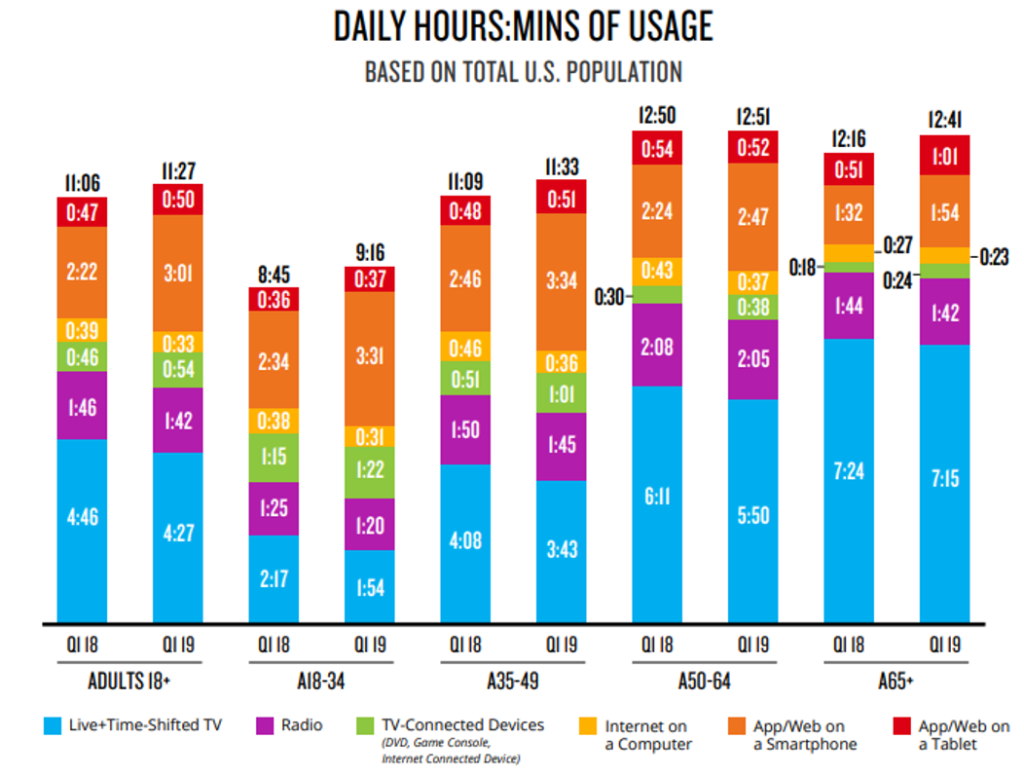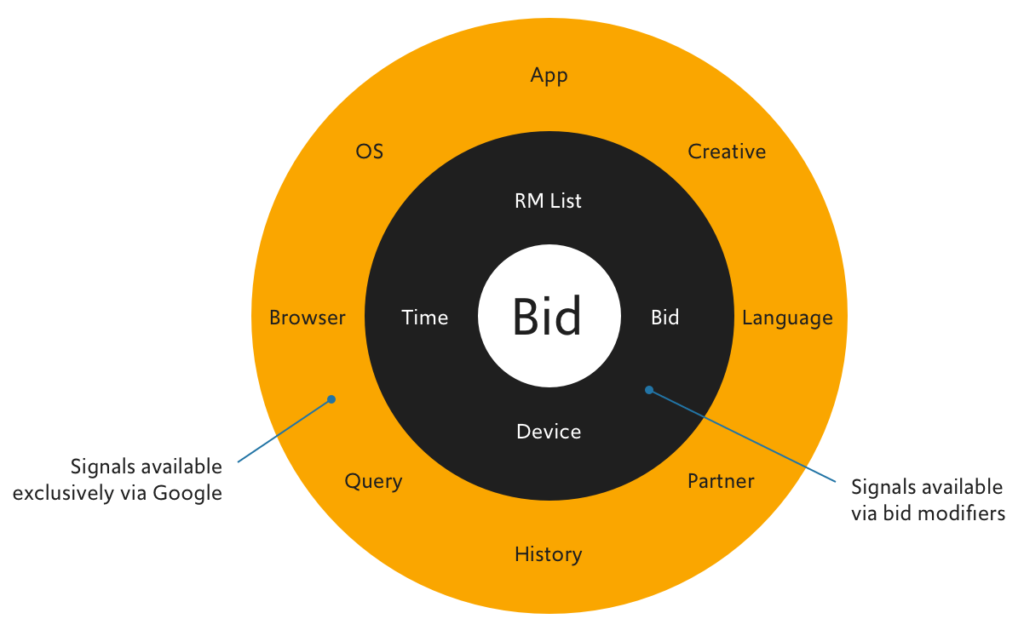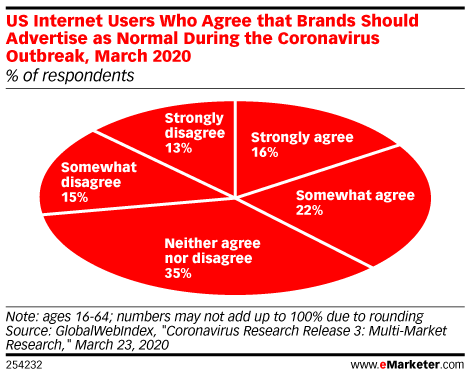Marketing Beyond COVID-19: How To Adapt to New Consumer Behavior
[vc_row][vc_column][vc_row_inner][vc_column_inner][vc_single_image image=”36777″ img_size=”full” alignment=”center”][/vc_column_inner][/vc_row_inner][vc_row_inner][vc_column_inner][vc_column_text]As the COVID-19 pandemic continues to evolve, it’s estimated that roughly 25% of the world’s entire population is (or has been) on lockdown, disrupting the daily lives and routines of billions of people in unprecedented ways. Countless businesses and, in some cases, entire industries are experiencing significant profit losses and dramatic shifts in how they operate as the pandemic continues to run its course. While current data models indicate global society will eventually return to a more normal state, it’s important to now consider what that new “normal” will look like for businesses seeking to both recoup some of the losses they’ve experienced and create growth in an undoubtedly different economy.
We believe in the general principle that you should always begin with the data. COVID-19 has brought about significant changes in consumer behavior, particularly in how they consume media. Initial data shows an increase of between 50%-70% in global internet usage, with roughly a 12% increase in streaming media and content alone. This shouldn’t be a surprise given the global Stay-At-Home policies that have been in place for some time now.
It should also not come as a surprise that advertising and media budgets have seen significant revisions from their original 2020 projections, to account for the changing economic landscape brought about by COVID-19. As originally outlined by Greg Sterling at MarketingLand (featuring new data from eMarketer), 2020 advertising budgets in the U.S. are expected to see anywhere from a 9% to 15% reduction from their original projections. While that is certainly a significant drop, it’s important to note that the same research indicates that at least $24 billion in advertising and media spending will still occur this year – much of it likely to be in Q3-Q4. Spending will surely vary by industry based on the relative impact of COVID-19 to certain sectors of the economy, and it’s fair to assume that these forecasts will continue to be examined closely in conjunction with how well the entire world manages to contain the spread of the virus.
However, businesses will eventually re-open and consumers will eventually begin to increase personal spending as well. As brands and marketers assess the economic landscape left in the wake of COVID-19 and try to strike a balance between changing consumer behavior and revised advertising budgets, they will need to reassess their current marketing and media mix. As you seek to lay out a marketing plan for moving beyond COVID-19 as a business, consider the approach of “using a scalpel, not a sledgehammer” when evaluating your budget. Here are some key channels and tactics we think can help you maximize efficiency and generate revenue under the new “normal” as an advertiser.
Connected TV / OTT
Well before the pandemic hit, Q1-2019 data from Nielsen showed that Adults 18-49 were already spending more than 1 hour per day using Connected TV devices and that projections indicate 25% of all U.S. households will be cord cutters by 2022.

Source: Nielsen data Q1-2019
When considering that data alongside the current spike in users streaming content over the past 30 days, there is a clear opportunity for brands and businesses to still engage their audiences with quality creative and calls-to-action. Consumer targeting for CTV/OTT is far more advanced and granular than linear TV, going well beyond traditional network/program/daypart targeting parameters. This allows advertisers to leverage highly specific demographic, geographic, behavioral and device targeting options to increase efficiency in ad spend, while still harnessing the power of visual content across a multi-screen experience. For franchise brands, location-specific information and calls-to-action can also be incorporated to move consumers further down the funnel toward a purchase at a business location near them. KPIs for Connected TV also go beyond linear TV metrics, giving brick-and-mortar businesses data on Unique Reach, Store Visits and overall Brand Lift. If you have to reduce your TV ad spending in 2020, or you’d like to make that budget spend more efficiently while driving actual conversions and purchases, consider a Connected TV/OTT media buy this year.
Paid Search Marketing
As Sterling’s article linked here highlights, ad spend budgets for search have taken a pretty big hit in Q1, and Q2 figures are likely to come in under their original projections. Because search is generally a lower-funnel tactic aimed at connecting customers directly with a business (either in person, over the phone, or via web lead), many businesses have had to pause search campaigns simply because they haven’t been able to serve customers during COVID-19. As businesses begin to reopen, search demand will certainly trend upward again. However, businesses should be prepared for a more competitive search environment in the short term as a result of what is likely to be a smaller prospective customer base than prior to the pandemic. Ensuring your brand and business locations appear prominently for branded queries will be especially important, so make sure your budgets are prepared for a potential uptick in brand searches as users search using terms like “is _____ open?”. From a non-brand perspective, pay some extra attention to your search queries report. Like all consumer behavior in general, search behavior is likely to shift over the coming months and there could be new terms and phrases that you might find are worth bidding on. For those businesses with a product feed, taking advantage of Local Inventory Ads on Google (especially for products in high demand) is a must.
Lastly, regardless of what your new search ad spend budget looks like as we go forward, be sure to at least test tools like Smart Bidding within Google. Customer conversions and revenue will be more valuable than ever before, and tools like Smart Bidding can help you optimize your campaigns toward increased conversions.

Source: SearchEngineLand.com
Paid Advertising on Social Media
Facebook released a blog in late March highlighting that the company has seen as much as a 50% increase in user time spent across all of its properties and apps during the pandemic. While Mark Zuckerberg bemoaned the fact that Facebook’s ad business had taken a recent hit, there will be opportunities for businesses to re-engage customers on social channels like Facebook post-pandemic. Similar to paid search, local businesses and franchises should view advertising on Facebook as a lower-funnel tactic with a primary focus on conversions. Leveraging targeting tactics like Custom Audiences is a great way to expand your customer base in a highly competitive environment, increasing your opportunities to generate local revenue. If you’ve been running local campaigns on Facebook, consider refreshing visual creative that may be stagnant or even a bit out-of-touch as a result of COVID-19. If your focus is driving conversions and revenue, it’s also fair to say that Boosted Posts are not where you want to invest your money in the immediate future unless the content you’re promoting is an influential piece that coincides with your desired path-to-conversion.
Owned & Earned Media
From an owned and earned media standpoint, there is no question that brands and businesses will need to adjust their previously developed content marketing and social media strategies as we go forward. By now, we’ve all seen examples of brands injecting themselves directly into the COVID-19 conversation (good ones, and bad ones). The fact is, not every brand needs to offer their perspective on the pandemic itself or develop COVID-related content for the sake of doing so. Consumers are savvier than ever before and a lack of authenticity in your promoted content is more likely to turn your brand into an unwanted meme than it is to turn consumers into your customers. In short, think of how your brand and business can be a point-of-assistance (not just a point-of-sale) for your target audience, and develop your content calendar accordingly. When posting and distributing branded content on social media, email, or other channels, be mindful of the tone and tenor of your brand voice. Your customers will remain loyal to you when you remain committed to your core values as a brand, and eventually communication with consumers will shift back to becoming more transactional by nature. As businesses themselves re-open, it’s also important to leverage offsite channels like Google My Business and Facebook Places to provide updated information on operational changes, new policies, or other details that could be valuable to lower-funnel, local customers.
In Summary
As we all continue to manage business plans and reassess marketing objectives and goals for 2020, there is encouraging data in support of marketing and advertising as we go forward. Marketing beyond COVID-19 will require an agile approach, innovative ideas and strategies, and a seamless integration of national media strategies and hyper-local ad campaigns.

Source: eMarketer
Economists continue to point toward an economic resurgence during the second half of this year, with consumer spending likely to rebound significantly. For brands and businesses seeking to experience a similar rebound and generate revenue growth post-pandemic, it will be critical to leverage quality data, adapt quickly to evolving consumer behavior under the new “normal” and offer real value to prospective customers across all marketing channels.
Header image photo by NASA on Unsplash[/vc_column_text][/vc_column_inner][/vc_row_inner][/vc_column][/vc_row]
Stay In Touch.
Subscribe to our monthly email newsletter.
